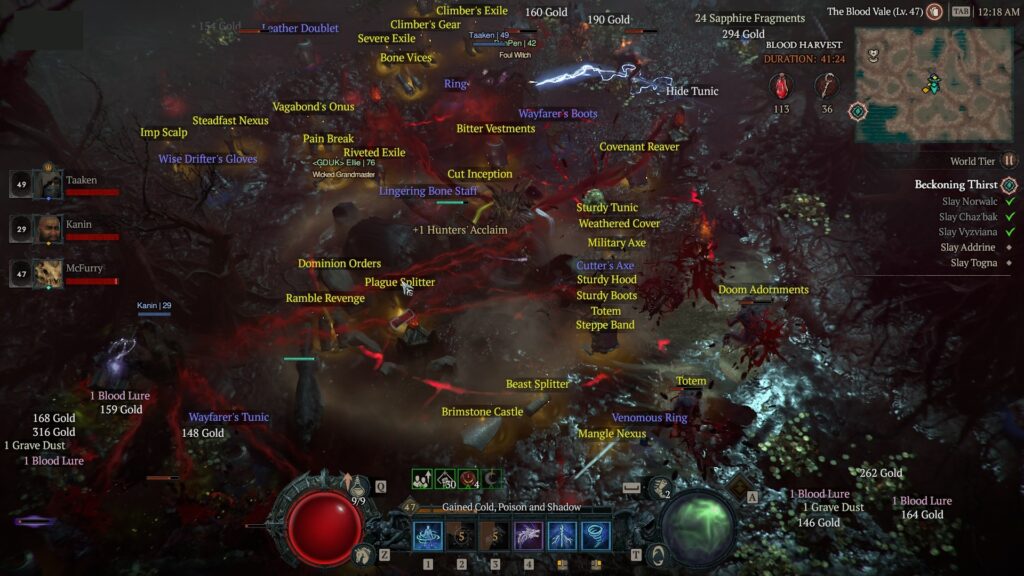What Is The Supply Chain Of Online Games?

What was once considered a niche hobby, online gaming has grown into a massive global entertainment industry, yielding billions in revenue. Behind the scenes of your favorite online games lies a complex supply chain that ensures seamless gameplay experiences. As such, we will delve into the intricacies of the supply chain of online games, examining the various components involved and how they work together to deliver virtual adventures to millions of players worldwide.
1. Digital Platforms and Marketplaces
In the digital age, most games are distributed through online marketplaces and platforms like Steam, Epic Games Store, PlayStation Network, Xbox Live, Google Play Store, and Apple App Store. These platforms allow developers to showcase their games, manage sales, and interact with players. An efficient route planner is essential to navigate the complex landscape of these digital platforms and reach the widest audience.
2. Game Development
The process begins with game development studios, where creative minds conceive and design the gameplay, graphics, storyline, and mechanics. Development teams consist of programmers, artists, writers, and designers collaborating to bring a virtual world to life. The development phase also includes quality assurance (QA) to identify and resolve bugs, glitches, and imbalances that might hinder the player experience.
3. Game Testing and Quality Assurance
Quality assurance is a critical component of game development. The importance of testers cannot be overstated as they ensure the game is devoid of technical problems, including crashes, freezes, and broken mechanics. Game testing often involves internal testing by the development team and external beta testing with a select group of players to gather feedback and make necessary adjustments.
4. Publishing and Distribution
Once a game is ready for release, it needs to find its way to players. Game publishers handle the distribution aspect of the supply chain, making the game accessible across various platforms, including PC, console, and mobile devices. They also handle licensing agreements and legal matters related to the game’s distribution.
5. Game Marketing and Promotion
Successful marketing and promotion are paramount to guarantee the success of a game. Game publishers, developers, and platform owners work together to create marketing strategies, advertisements, and promotional campaigns to reach potential players. Social media, influencers, and gaming events significantly build anticipation and excitement around new releases.
6. In-Game Purchases and Microtransactions
Many online games offer in-game purchases and microtransactions, allowing players to buy virtual items, skins, or currency that enhance their gaming experience. This revenue stream is a substantial part of the gaming industry’s income and requires a well-structured system to manage purchases and transactions securely.
7. Live Operations and Updates
Online games are dynamic, evolving experiences. Developers continue to support their games post-launch by releasing updates, patches, and downloadable content (DLC). This keeps players engaged and invested in the game over time and requires a supply chain to manage content creation, testing, and deployment.
8. Customer Support and Community Management
To maintain a loyal player base, responsive customer support, and community management are crucial. Companies employ community managers to interact with players, address their concerns, and gather feedback. Effective support ensures that players have a positive experience and are likelier to remain engaged with the game.
9. Server Infrastructure and Maintenance
Online games require robust server infrastructure to handle the millions of concurrent players. This involves data centers, networking equipment, and skilled IT professionals to maintain server stability, minimize downtime, and address issues like lag and latency.
10. Data Analytics and Monetization Strategies
Data analytics is pivotal in understanding player behavior, preferences, and trends. Game companies use this information to fine-tune their monetization strategies, design in-game events, and create content that resonates with their audience.
Final Remarks
The supply chain of online games is a multifaceted and intricate ecosystem encompassing game development, testing, distribution, marketing, in-game transactions, live operations, and player support. Each component is vital in delivering immersive gaming experiences to millions of players worldwide.
As the gaming industry continues to evolve and expand, developers and publishers must adapt to changing player expectations and market trends. By understanding the supply chain’s intricacies and addressing its challenges, the gaming industry can continue to thrive and provide players with new and exciting virtual worlds to explore.






No Comments